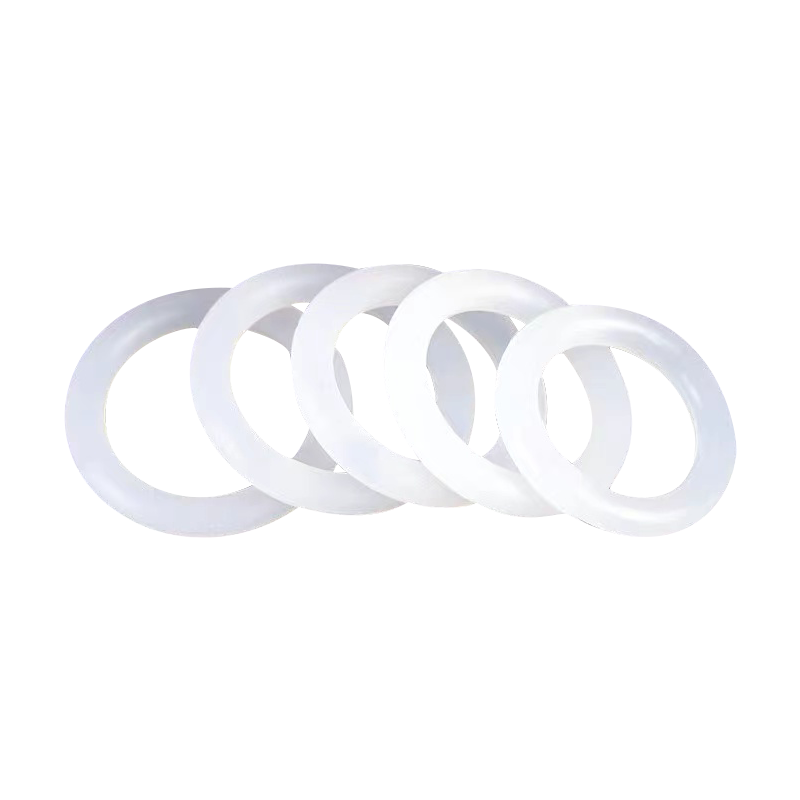Expanded Teflon sheet is characterized by its heat resistance, with an application operating temperature reaching 250°C. Even when the temperature drops to -196°C, it can maintain a 5% elongation. It is corrosion-resistant, exhibiting inertness to most chemicals and solvents, strong oxidants, water, and various organic solutions.
Weather-resistant, it boasts a good aging life. With high lubrication, the solid material exhibits low friction resistance. It is non-stick, with a small surface tension of the solid material, adhering to no substances. It is harmless and physiologically inert, with no adverse reactions when embedded as artificial blood vessels and organs for a long time. Teflon gaskets are flat gaskets mechanically cut or sliced from Teflon rods, tubes, or sheets, featuring prominent characteristics such as corrosion resistance, aging resistance, and non-conductivity.
Polytetrafluoroethylene (PTFE) is resistant to pH levels from 0 to 14 (excluding high-temperature molten alkali metals and fluorine). It exhibits excellent impact toughness between -100°C and 100°C. Pressure note: When the temperature is less than -185°C, PTFE gaskets become brittle. Pure PTFE gaskets are clean sealing products that do not contaminate any substances they come into contact with.
Teflon metal spiral wound gaskets can be widely used in the food and pharmaceutical industries. The preparation of raw materials for the manufacturing process of flat gaskets cut or sliced by machines, such as those with corrosion resistance, aging resistance, and non-conductivity, involves F4 products made from F4 fine resin. The resin is crushed, and sieve molds are prepared by wiping with alcohol to ensure no rust or attachments in the pressing mold. Weigh the product volume according to the formula G=PV (where G is the feed amount, P is the density of the preform, and V is the volume, with a density of 1.8g/cm³).
The installation methods for expanded Teflon sheet manufacturers vary depending on the sealing type of the machinery and the type of machine, but the key points of installation are the same. The installation process and precautions for Teflon gaskets are as follows: Before installing the Teflon gasket, ensure that the shaft (shaft sleeve) and the rotating cover have no burrs and that the bearing is in good condition. The seals, shaft, sealing chamber, and rotating cover should all be cleaned thoroughly.
To reduce friction resistance, apply a thin layer of oil to the part of the shaft where the mechanical seal is installed, considering the compatibility of the O-ring. If oil is not suitable, soap solution can be applied instead. First, install the static ring and rotating cover onto the shaft, taking care not to collide with the shaft, and then install the dynamic ring components onto the shaft. The fixing screws of the spring seat or driving seat should be tightened evenly in several steps.






